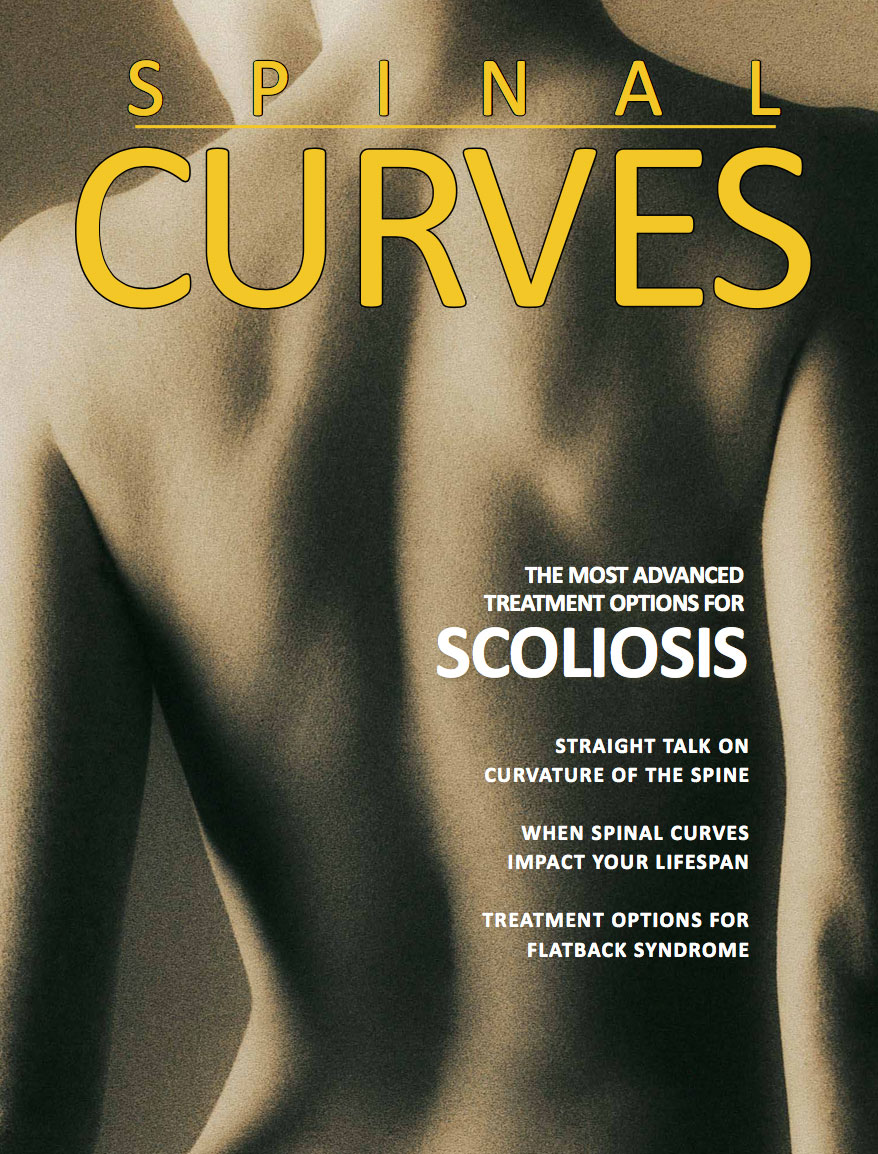
Pediatric scoliosis
Early onset neurogenic scoliosis
Age at surgery: 15
Years since surgery: 2 years
Chloe was 5 years old when her pediatrician first spotted a spinal curve. “I was at the
pediatrician for a routine exam and he spotted the curve, and then did X-rays that confirmed
it,” Chloe remembers. “He explained to my mom that it was rare for a child to have a curve at
such a young age. At first they thought it was another type of deformity, rather than scoliosis,
but ultimately, they concluded that it was scoliosis.”
Chloe was referred to a pediatric orthopedic surgeon, and after a MRI revealed an abnormality at the level of her brainstem called a Chiari malformation, she was also referred to a pediatric neurosurgeon, Dr. Timothy George.
Her curve progressed despite bracing, which is not uncommon in the case of a Chiari malformation. At the age of 6 years old, she underwent a Chiari decompression surgery, or subocciptial craniotomy with a duraplasty, with Dr. George. Despite a small spinal fluid leak and the need for another repair, she did well after the surgery.
The hope is always that fixing the Chiari issue will lead to resolution or improvement of the scoliosis. This is because the neurogenic “driver” of the scoliosis has been removed.
 Chloe’s parents brought her to Dr. Geck when her curve kept progressing despite the Chiari decompression and brace wear.
Chloe’s parents brought her to Dr. Geck when her curve kept progressing despite the Chiari decompression and brace wear.
“I was about 9 years old when I first saw Dr. Geck. He again recommended a brace as a non-surgical option to hopefully stop the curve from worsening.” Chloe’s brace was carefully refitted, and she wore it as much as she could. Ultimately, Chloe wore a brace from age 6 to age 15, usually 22 hours a day, including sleeping.
Even so her spinal curve had progressed to over 60 degrees by the time she was 15 years old, and it kept getting worse.
“Ultimately, Dr. Geck noted that the surgery would be necessary to stop the progression of the curve.” Chloe recalls. “I remember that the curve was really starting to pressure my lungs and breathing. Also, I had constant back pain all the time, both sitting or standing, 24 hours a day. I always participated in activities and the curve had interrupted that.
“It is heartbreaking when a neurogenic curve like Chloe’s keeps progressing despite Dr. George fixing the Chiari and despite her constant brace wear,” remembers Dr. Geck.
“In December of 2018 I had scoliosis surgery with Dr. Geck to arrest the curve,” remembers Chloe. Dr. Geck implanted rods and screws to derotate and correct the curve, reducing the curve to 14 degrees. After scoliosis surgery, she spent four days in the hospital recovering.
“Neurogenic curves can be challenging in terms of stiffness, and level choice,” notes Dr. Geck. “I am glad the surgery went perfectly and we were able to get her a great result.”
Chloe is almost 2 years out now, has a straight spine, grew 2 inches from the surgery, and is back to the life of a normal 17 year old.







